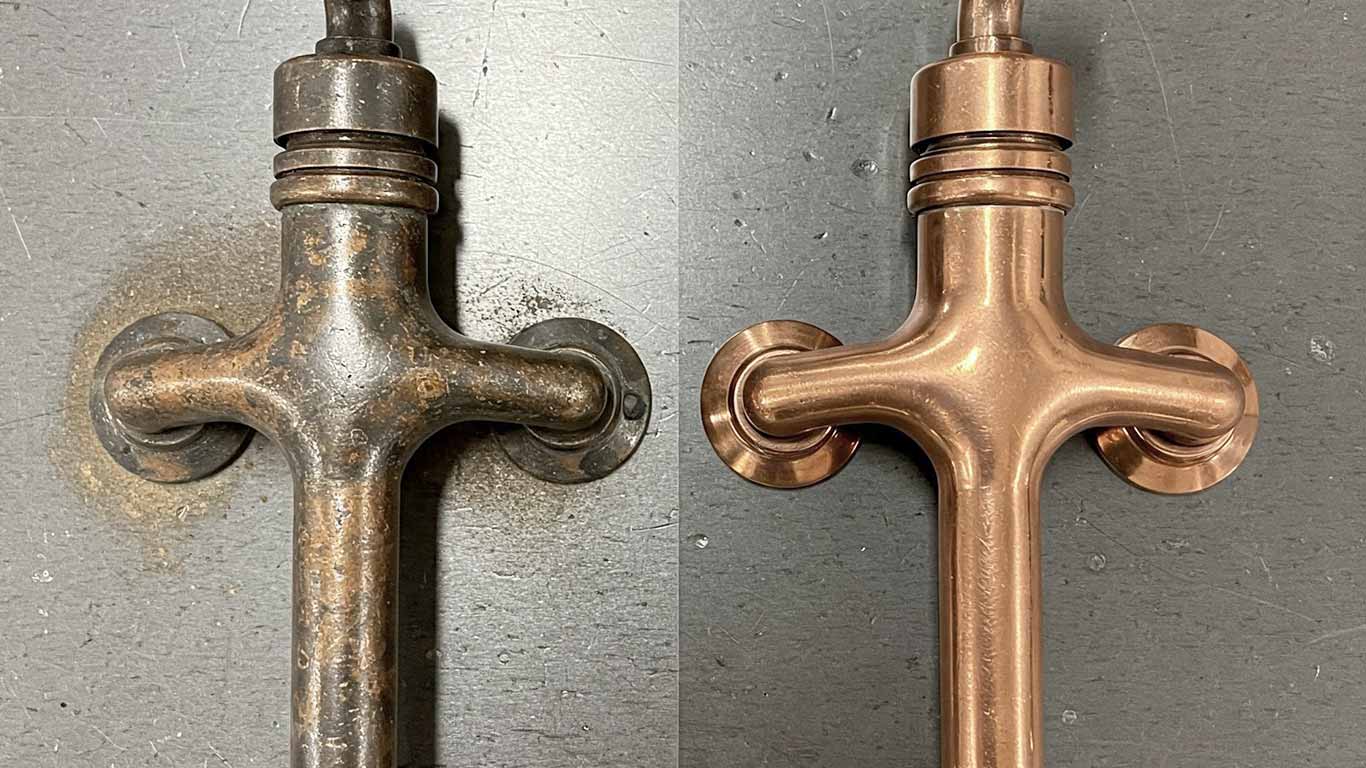
FDA
FDA 21 CFR 1040.10 - Laser Product Performance Standards



Unlike ferrous metals that soak up laser energy and risk warping under heat, copper stands out with its exceptional reflectivity, which bounces away most pulses for targeted contaminant removal without damaging the underlying surface. In practice, this pairs with outstanding thermal conductivity to spread any residual heat evenly, delivering a clean finish on components in electronics or marine applications while maintaining long-term corrosion resistance.
When laser cleaning copper, you'll want to keep the power steady to avoid overheating its soft surface. This metal shines in electronics and plumbing because it conducts electricity so well and resists corrosion over time. We've found it cleans up nicely, restoring that bright finish without much pitting. Just watch for any residue buildup in tight spots—quick passes usually handle it.

FDA 21 CFR 1040.10 - Laser Product Performance Standards

ANSI Z136.1 - Safe Use of Lasers

IEC 60825 - Safety of Laser Products

OSHA 29 CFR 1926.95 - Personal Protective Equipment